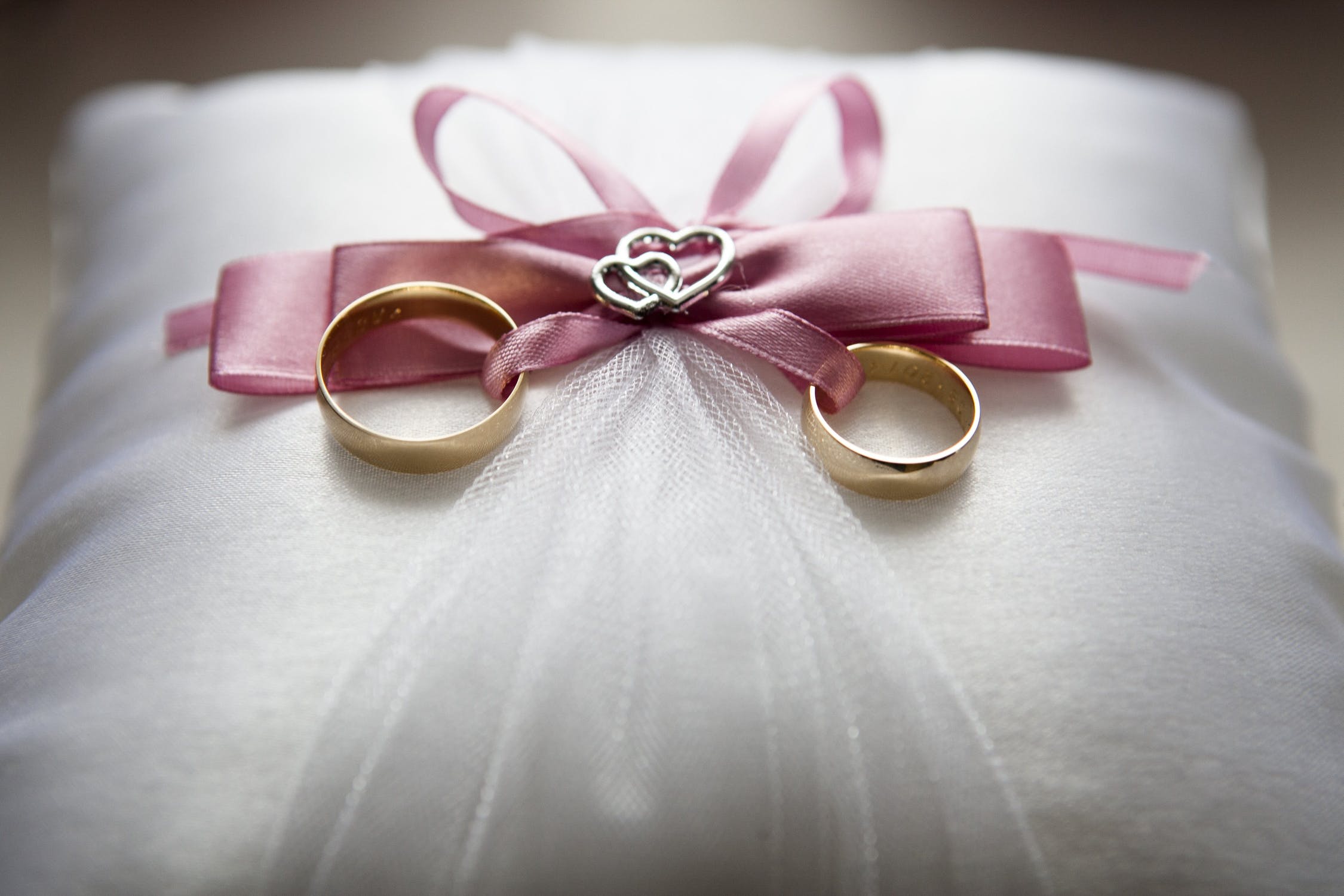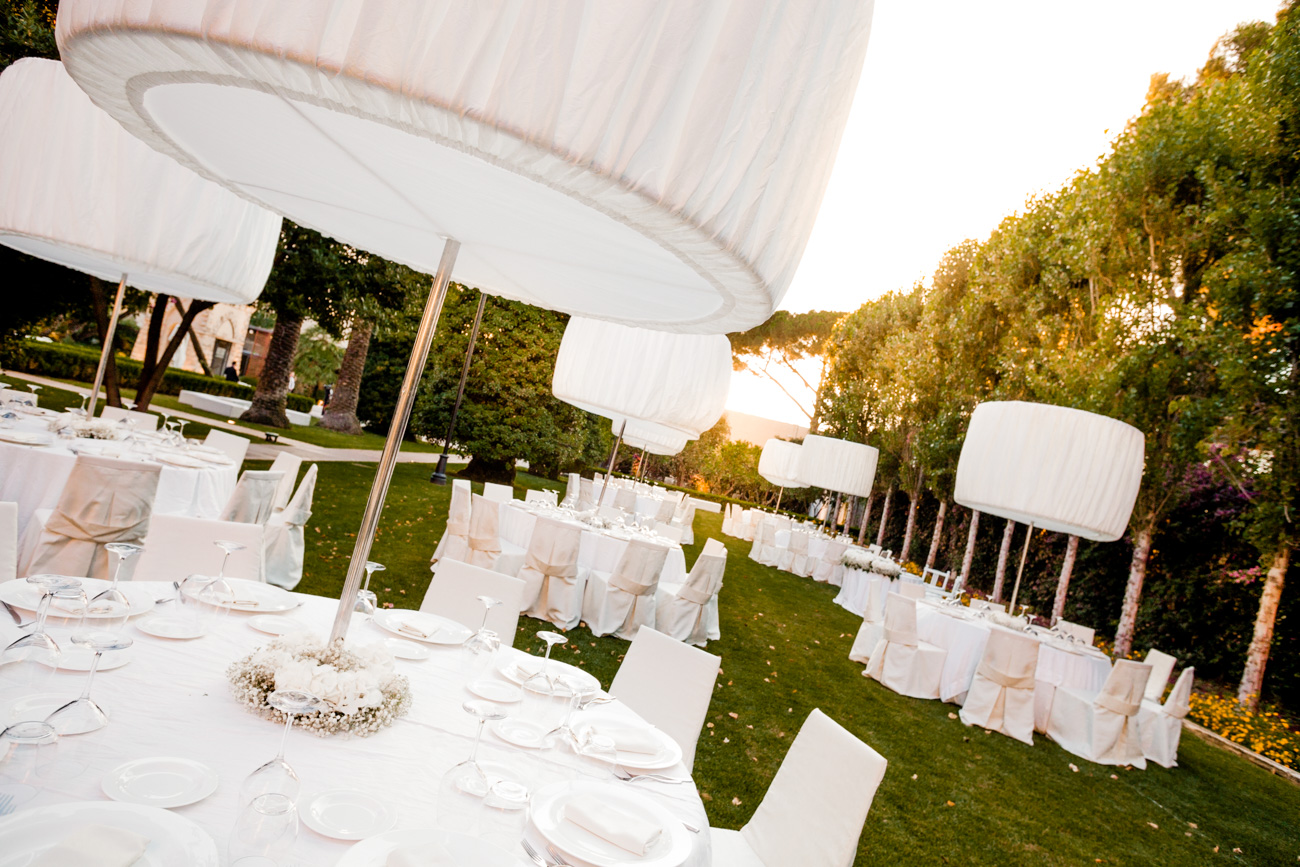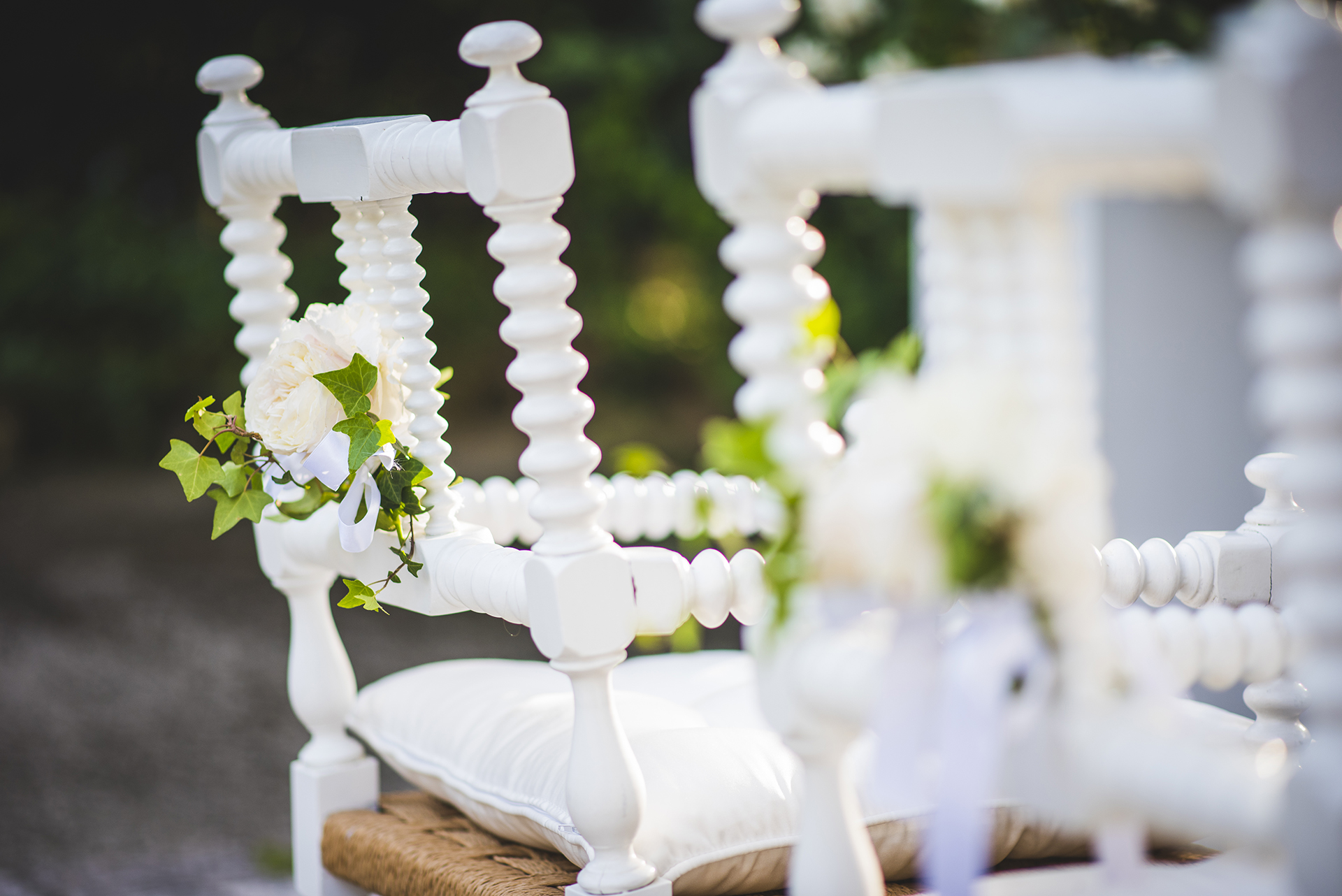
02 Oct Why are wedding rings worn?
Wedding and engagement rings have ancient origins. They have appeared since the barbaric era to sanction a promise of love; the Egyptians welded on the rings of seals depicting scarabs and hieroglyphs; otherwise the Greeks wore gold circles with cameos or engravings. The use of jewelry in ancient Rome was instead regulated by law: the rings of free citizens were in gold, those of freed slaves in silver, those of slaves in iron. Roman matrons exhibited wedding rings on which a small key was applied, a symbol of authority within their family.
& nbsp;

& nbsp;
The custom of wearing the ring after marriage was established in the sixteenth century, while the custom of engraving the names of the spouses and the date of the wedding inside dates back to the eighteenth century. Currently, the personal taste of the spouses guides the choice of wedding rings on the classic yellow but also white or pink gold, intertwined or with the setting of a stone that, according to tradition, would break the spherical perfection, but still in gold symbol of eternity.
If the spouses are allowed to choose the type, the same does not apply to the finger on which to wear it: the wedding ring must be placed on the left ring finger. The tradition of the ring finger has two different origins: the first comes from a Christian liturgical rite according to which the priest touches the first three fingers of his left hand, pronouncing the formula “in the name of the Father, of the Son and of the Holy Spirit”, places the blessed ring on the fourth finger of the bride and groom’s hand. The second interpretation is more sentimental, testifying to the passage from the ring finger of the “vena amoris”, as well as the “vein of love” which leads directly to the heart. In Northern Europe and Latin America it seems that the faith is worn on the right hand, while in England in the past it was worn on the thumb. In India, however, all the fingers of the hand are ringed during the ceremony.
In any case, a solemn moment of the celebration, the one in which one is most easily moved!



No Comments